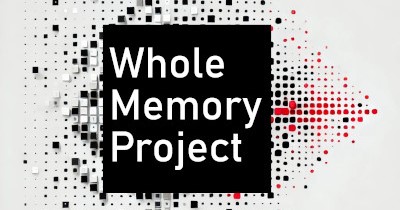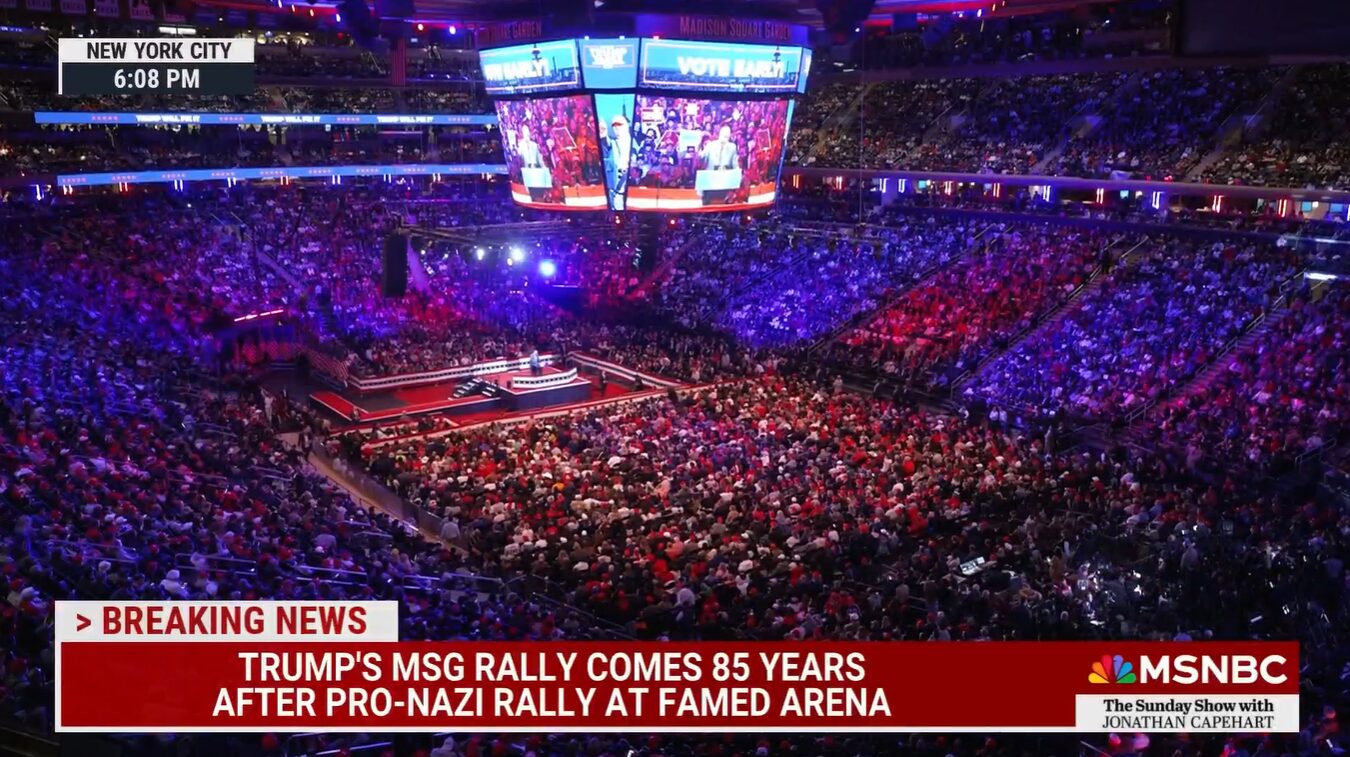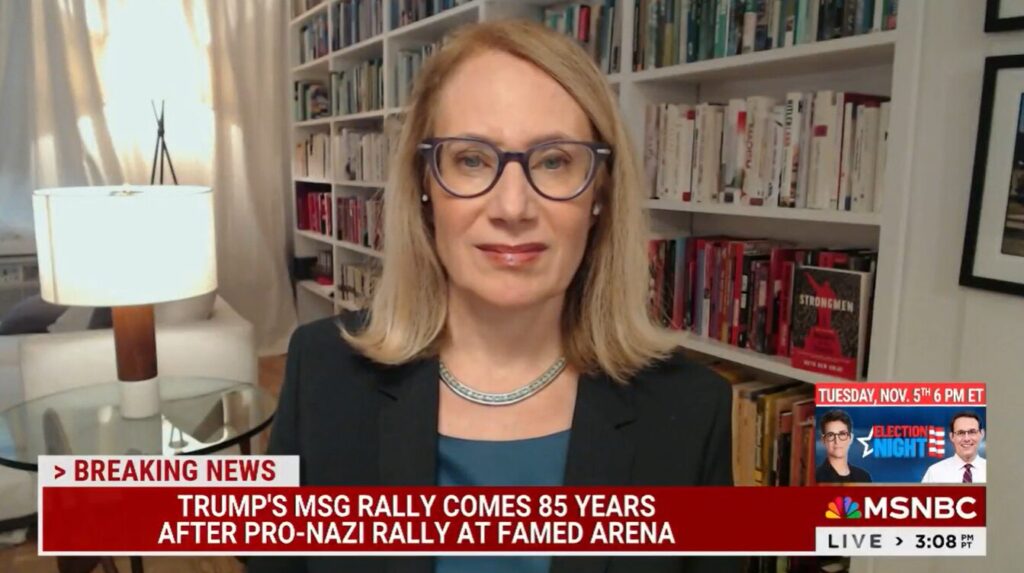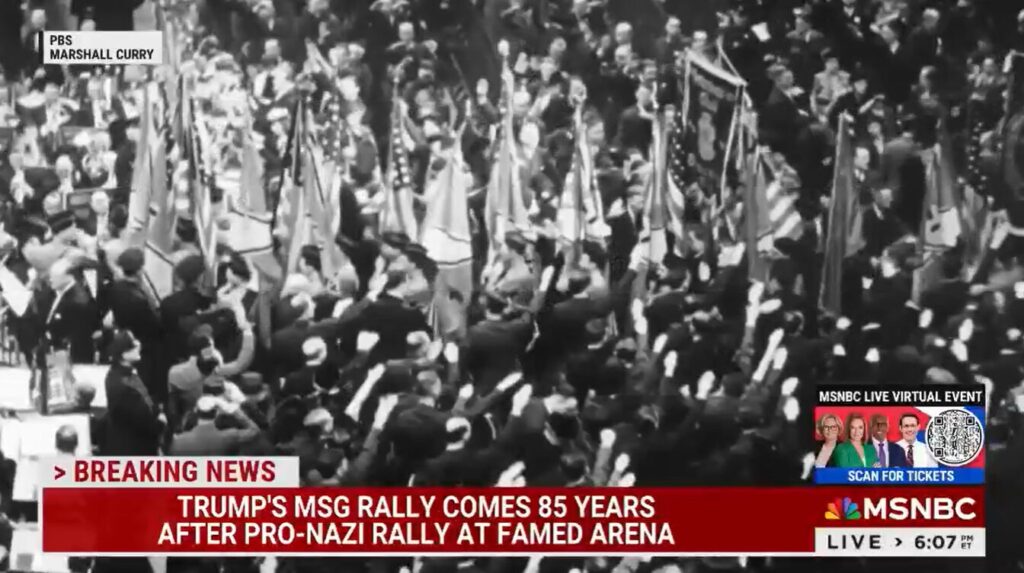In March 2023, Kyle Duncan, a Trump appointed federal judge, was accosted by student protestors and berated by faculty during his visit to Stanford Law School. He was invited to the university to speak at an event hosted by the student chapter of the Federalist Society. The planned talk, titled “The Fifth Circuit in Conversation: COVID, Guns, and Twitter,” aimed to address recent jurisprudence on constitutional rights and federal power. However, his presence was met with loud jeers, people accusing him of being racist and a berating from the Stanford Law School Dean for Diversity, Equity, and Inclusion which he would later describe as a struggle session.
His invitation to Stanford, one of the country’s most prestigious law schools, drew swift opposition from some students and faculty who saw his presence as antithetical to the values of equity and inclusion that the institution claims to uphold.
The event was coordinated with the law school’s administration, in keeping with Stanford’s policies on guest speakers. Interestingly, in public remarks following the incident, Duncan noted that he had agreed to attend as a favor for a “prominent Democratic lawyer” who believed students would benefit from hearing directly from a sitting federal judge with views different from their own. Although Duncan did not publicly name the individual, the detail highlighted the original intent of the event: to expose students to a range of judicial perspectives, regardless of political affiliation.
The controversy escalated days before the scheduled event when over 70 students signed an open letter calling for the law school to either disinvite Duncan or move the event to a virtual setting. Protesters cited Duncan’s judicial record, particularly a 2020 ruling in which he refused to use a transgender litigant’s preferred pronouns, as emblematic of what they called “dehumanizing” jurisprudence.
Judge Duncan was confronted by student protestors

On March 9, the day of the event, dozens of students staged a demonstration in the building’s lobby. Protesters, organized in part by groups like IRATE (Identity and Rights Affirmers for Trans Equality) and OutLaw (a student LGBTQ+ group), carried signs with slogans such as “Protect Trans Lives” and “Federalist Society Welcomes Bigotry.” Participants handed out flyers documenting Duncan’s past rulings and urged attendees to reconsider the implications of hosting such a speaker on campus.
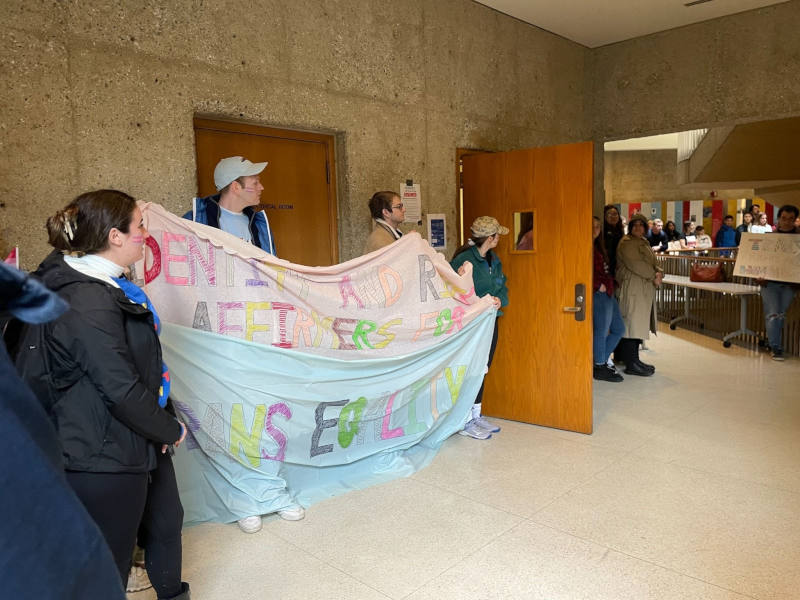
The protest was largely peaceful outside the room, but tensions rose significantly once Duncan began speaking.
Events during Judge Duncan’s visit

Inside the lecture hall, which had reached full capacity, Duncan was repeatedly interrupted. According to reports and video recordings, chants and jeers began almost immediately, with some students shouting, “You don’t belong here,” and “Trans rights are human rights.” As the disruption escalated, Duncan attempted to proceed with his remarks but was visibly frustrated. He responded by calling some students “juvenile idiots” and later referred to the scene as “a clown show.”
After several minutes, Tirien Steinbach, the law school’s Associate Dean for Diversity, Equity, and Inclusion (DEI), stepped to the podium. She attempted to mediate between Duncan and the students but also questioned whether Stanford should have allowed the event in the first place.
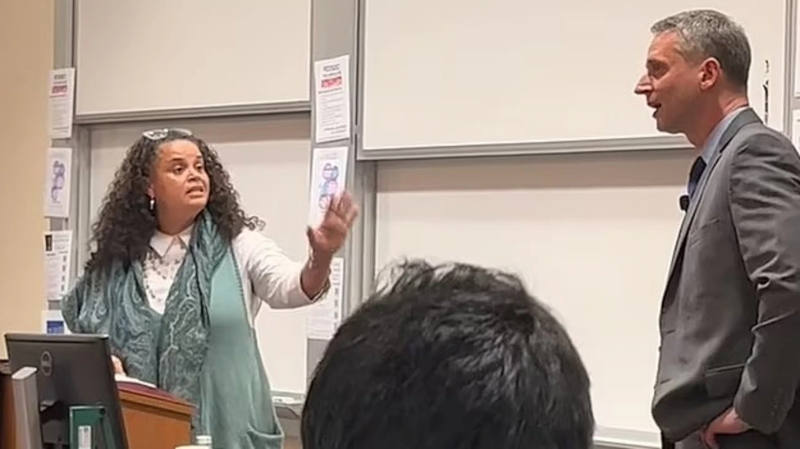
“I had to ask myself…is the juice worth the squeeze?” Steinbach said, referencing the cost of hosting a speaker whose views many found offensive. While she affirmed Stanford’s policy on free speech, her remarks were widely interpreted as sympathetic to the protesters.
She continued in a string of claims which were followed by snapping fingers of approval by students:
- She claimed Duncan’s “speech is abhorrent, harmful and literally denies the humanity of people.”
- She claimed of the Stanford Law students in the room “who are going through the battle of law school together so they can go out into the world and be advocates”.
- She asked Duncam directly to” listen through your partisan lens and hyper political lens and just look and see human beings”.
See video of Tirien Steinbach chastising Judge Duncan
Following continued heckling, Duncan was escorted out of the room by federal marshals without finishing his presentation.
Apologies and resignation of Stanford Law School protest
In the days that followed, Stanford Law faced mounting criticism from legal observers, alumni, and national commentators. On March 11, Stanford University President Marc Tessier-Lavigne and Law School Dean Jennifer Martínez issued a formal apology to Judge Duncan, stating the disruption was inconsistent with the school’s free speech commitments. They also affirmed that members of the Stanford community are expected to allow invited speakers to be heard without disruption.
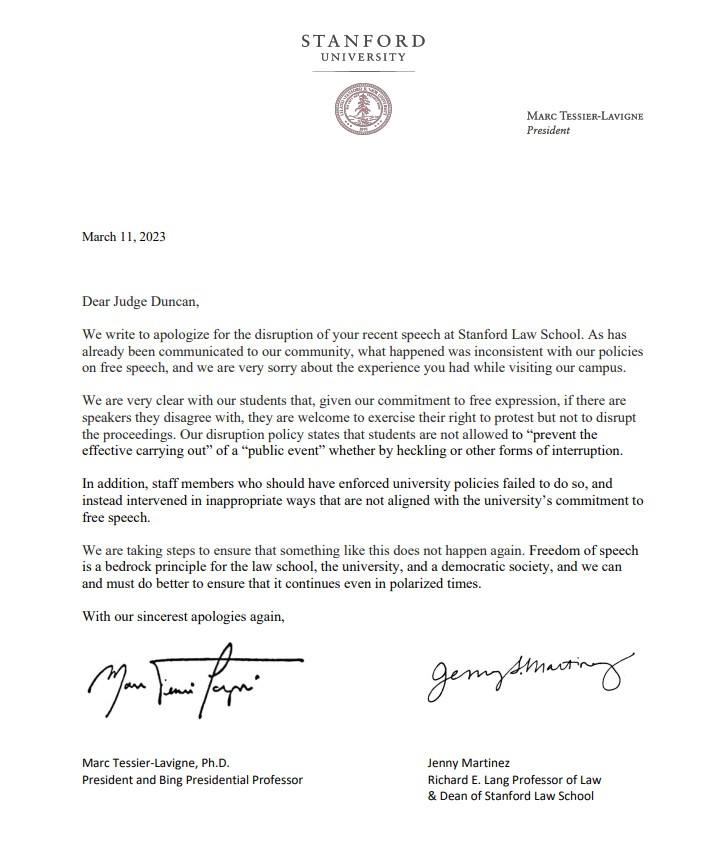
Dean of Stanford Law School, Dean Martínez later announced plans to introduce mandatory training for law students on freedom of speech and civil discourse.
Tirien Steinbach, who became a central figure in the controversy, was placed on administrative leave and ultimately resigned. Her departure followed weeks of scrutiny over her role in the disruption and public debate over the function of DEI officials in managing campus speech.On March 17, Judge Duncan published a personal account in The Wall Street Journal titled “My Struggle Session at Stanford Law School.” In it, he compared his experience to a “show trial” and criticized what he described as Stanford’s failure to discipline student behavior. He defended his combative tone during the event, stating that “the whole thing was a set-up,” and warned that elite law schools are at risk of becoming ideological echo chambers.
Media reactions to Judge Duncan’s visit to Stanford Law School
The incident quickly gained national attention among conservative media outlets and legal commentators. The Wall Street Journal editorial board described the event as “an embarrassment to one of the nation’s premier law schools.” Fox News and the National Review featured extensive commentary criticizing the protesters for what they viewed as an attack on intellectual diversity.
Conservative judges also responded. Fifth Circuit Judge James Ho and Eleventh Circuit Judge Elizabeth Branch—both appointed by Republican presidents—announced they would no longer hire clerks from Stanford Law School, joining an existing boycott they had launched against Yale over similar concerns.
“This behavior is not just rude or disruptive. It is un-American,” Ho said at a conference shortly afterward. “We will not hire from schools that permit the shout-down of speakers.”
Legal organizations such as the Foundation for Individual Rights and Expression (FIRE) issued statements condemning the event and called for disciplinary action against the students who participated in the disruption. FIRE later published a survey indicating that 74% of Stanford students felt the school mishandled the situation.Left leaning media painted a different picture of the event. Slate went as far as to describe Duncan’s visit to Stanford as a calculated move to garner support from “GOP senators and Fox News” and citing Duncan’s comment “you are an appalling idiot” while omitting that he was responding to a protester calling him several names while he was leaving the lecture hall.
Here’s another highlight (lowlight) from Stanford, when US Court of Appeals Judge Kyle Duncan told a student, “You are an appalling idiot, you’re an appalling idiot.” (Video obtained by @lawdorknews.) pic.twitter.com/qekHuJLn4o
— Chris “Law Dork” Geidner (@chrisgeidner) March 12, 2023
